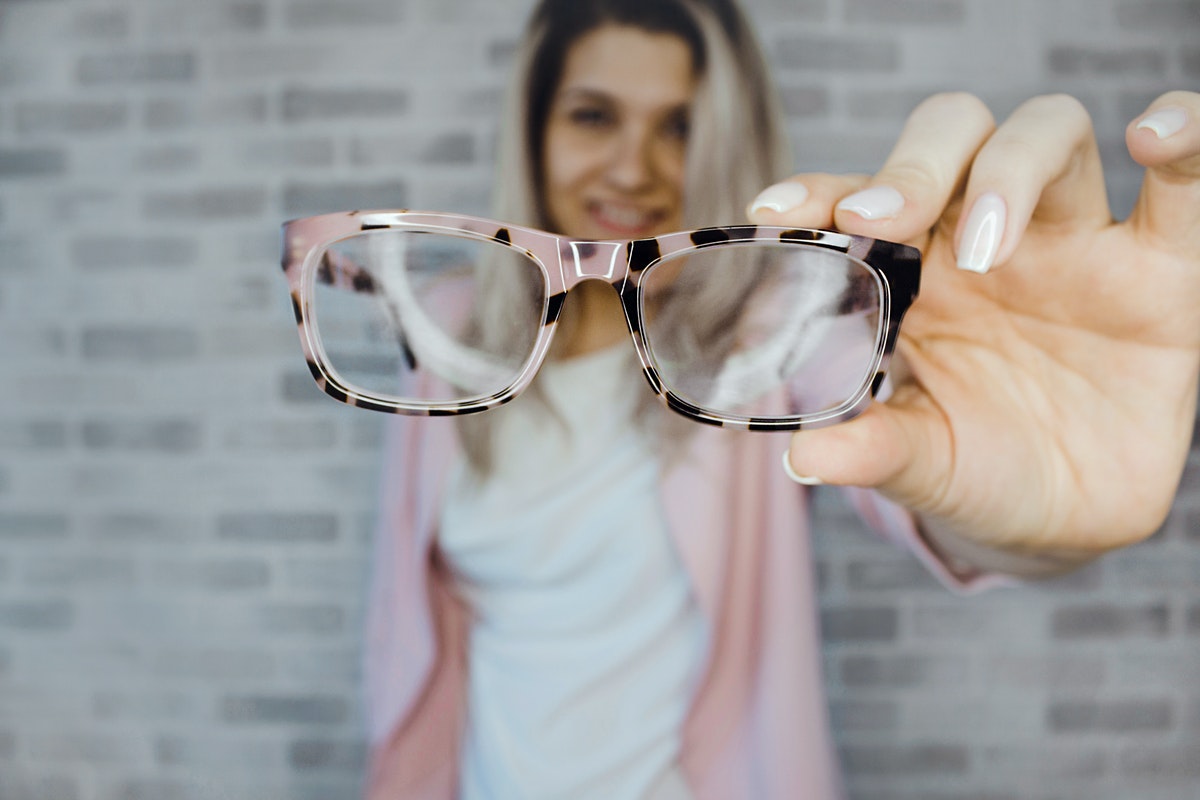Vision loss is the inability to see clearly, which can significantly impact a person’s daily life. It can make it difficult to do everyday tasks such as reading, driving, or even walking. Several things can cause vision loss, including age-related macular degeneration, glaucoma, diabetes, and stroke.
Experts estimate that about 12 million Americans 40 years and older have some form or another vision impairment. Up to 93 million adults risk developing vision loss, yet only half decided to get their eyes checked in the past 12 months. Thankfully, today’s medical innovations are changing patients’ lives with vision loss and giving them a better quality of life.
These are but three examples of how medical innovations are changing the lives of patients with different types of vision loss:

Smart Glasses
Some people have macular degeneration, which is the deterioration of the central part of the retina. This can make it difficult to see straight ahead and make everyday tasks such as reading or driving difficult. Macular degeneration reading glasses now exist, essentially smart glasses that can help people with macular degeneration see more clearly.
These glasses basically function based on autofocusing lenses and artificial intelligence. These have a tiny camera mounted on the frame that captures what the user is looking at. The smart glass will then process and send the image to a microdisplay on the lens. This display adjusts the image so the wearer can see it more clearly.
Smart reading glasses for macular degeneration patients can tell if you are looking at faces, objects, or texts. Some people use this as glasses, while others use it as a handheld device. Patients can now watch TV, read online and online content, and even play video games with these smart reading glasses.
Smart glasses used to be a bit heavy, bulk, and very expensive. But now, some companies created smart glasses that are much lighter and more affordable. Their smart technology also has a TV and automatic night modes, which can be very helpful for people with vision loss.
Gene Therapy
This is a relatively new medical innovation that basically fixes faulty genes that are responsible for vision loss. Experts do this by injecting healthy genes into the cells of the eye. These healthy genes will then take over the function of the faulty genes and improve vision.
Leber‘s Congenital Amaurosis (LCA) is a rare form of vision loss called wherein there is a mutation in a gene called RPE65. This disease usually manifests in childhood and can lead to complete blindness. But thanks to gene therapy, some children with this disease were able to see again.
In December 2017, the FDA approved gene therapy as a treatment for LCA. Patients with LCA can receive this gene therapy and improve their vision. This is still a relatively new technology, but it shows much promise in treating different types of vision loss. In the future, gene therapy might even be used to cure blindness.
Bionic Eye
This retinal implant can help people with certain types of vision loss see again. This creates electrical stimulation of the retina, sending signals to the brain and interpreting them as images. A bionic eye is not a cure for blindness, but it can help people with vision loss see objects, shapes, and movement.
Bionic eye surgery is a two-step process. First, the surgeon will implant a small device called an “array” under the retina. This array has about 100 tiny electrodes that will stimulate the retina. They will then place a “processor” behind the ear that will convert images captured by a camera into electrical impulses. These impulses will go to the array and stimulate the retina, sending signals to the brain, which the brain interprets as images.
According to reports, bionic eye clinical trials conducted by scientists from the University of Sydney and the University of New South Wales successfully implant bionic eyes on sheep. This is a significant breakthrough as it paves the way for human clinical trials in the future.
In the meantime, bionic eye implants are already available for people with vision loss. One example is the Argus II Retinal Prosthesis System, which the FDA approved in 2013. It helped several patients with vision loss see light and shapes again.
Smart glasses, bionic eyes, and gene therapy are some medical innovations that are changing patients’ lives with vision loss. With these new technologies, people with vision loss can now live relatively everyday lives. They can work, study and some can even drive again. These innovations are not just changing the lives of patients but also their families and loved ones.